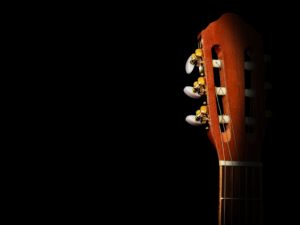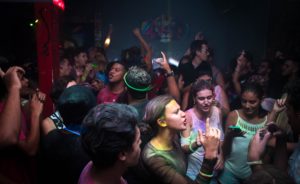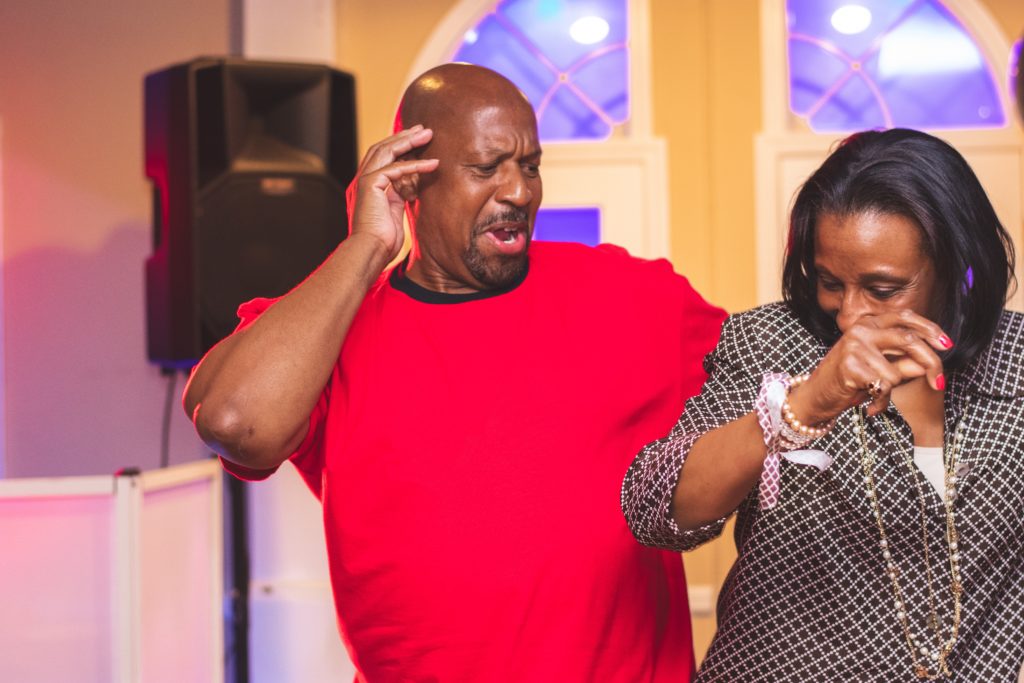Luckily I feel like this question is fading away but I’ve heard it’s floating around still,
“why are there no Blues dance elders”
The answer to me has always been obvious. White people never picked it up.
Yeah, I said it. I bet many of you are confused. What does white people liking a thing have to do with their being elders? Let’s dig in to explore how this seemingly small factor causes the modern blues dance community to have no elders.
There are references of the dances that we do in many a book, a few of our elder teachers were originally taught by their family members, and there is some video, so for those ignorantly u8spreading rumors that blues can’t be a legit style with historical background, please stop embarrassing yourself. Many of the dances that we do were popular during a time that no one outside of Black culture had any interest, or very little. In it. Blues music, besides being used as a marketing ploy, wasn’t of interest to the average white person until the 60s during the British Invasion and folk “revival”.

This lack of White interest means a few things that have happened to other dances, didn’t happen to to Blues.
- The dance(s) was never unified and codified
- It was never washed out
- People didn’t become famous
- There is no/little video or writing on it
- It wasn’t frozen in time
- Knowledge was passed down orally not written or class based
Let’s use an old example and a new one of where this did happen.
The easy older example is Lindy hop. Lindy came out later and became a craze. Arthur Murray created a whole watered down version of east coast swing to capitalize on the craze. Dancers became famous, created troupes and traveled performing for many years. There are videos and articles written about the style and it eventually was put into film by Hollywood. The Lindy hop became a “thing” with rules and expectations. Once the 90s hit and information was spread more easily this got to be even more solidified.
A more recent example was crank dat- by Soljia Boy. You remember? The simple line dance that spread across the internet around 10 years ago. As a youth in those days, I remember watching this dance transform. I saw my Black friends pick it up first. It was relaxed, filled with variations and silliness, and the only way to learn it was to either see the video, or more likely learn it from a friend. I didn’t dance during this time so I watched at this spread through my school. Soon all white students also knew about this many of them had learned though groups huddled together to learn from the cool white kid, or breaking down videos made by other white folks. Then it started hitting levels of absurdity with performances, weddings, flash mobs and more. There were step by step videos created and the dance was watered down to the point of being bland.

This trajectory didn’t happen with blues. It never became “mainstream” enough. This means that many of the elders of these styles stayed localized and the dances are old enough that anyone who might remember who those original folks are dying. This means that to meet the elders you’d have to go into Black community and search them out.
The second problem is that when dances aren’t codified and only passed on orally it’s harder to trace.
Without the knowledge being written down or recorded it means that there is a great deal that can only be learned through meeting the right people. I can’t go read a book on blues dancing because our culture didn’t write it down and White culture didn’t care. At the time the only way to have information about Black culture was through the eyes of whites and their biases. At best, since the dances originated so long ago, we’d have a second hand account. By talking to the elders you would find that their are different accounts on the dance, how to do it, style it and all would be correct.
Since this style was never united and codified there was never a set of rules written down. So, as is common in the culture, as the music shifted, so did the dance. It wasn’t forgotten but instead innovated by the youth until it turned into something else entirely. What did it turn into? Swing. Eventually what did swing turn into rock and hip hop. While working with some B-Boys a few years back we were all surprised that many of the same movements could be traced back. Most of the time the only difference was that the movements were modified to the music. Ever notice that many of the dancers who do well in swing and blues now are/were trained in hip hop? There is a reason for that.
Since blues was just “dancing” within the Black community and there wasn’t a way for anyone (particularly white people) to make money off of it, no one became famous. Instead it’s a thing that has simply existed in the culture passed down orally to those who showed interest. The modern blues community just happened to run into some teachers and folks who were apart of that lineage. (Damon Stone, Barry Douglas, Steven Mitchell, ect) some of these folks have either left the scene, passed, or (AHEM) been asked to leave. Our elders are 2nd and 3rd generation. It’s not that they don’t exist, you may be choosing to be blind to the fact that being an elder can be a state of mind and expertise, not just age. Respect the experts and those with the lineage, not just assuming that if a person wasn’t there they aren’t your elder. Your elder may be younger than you.
